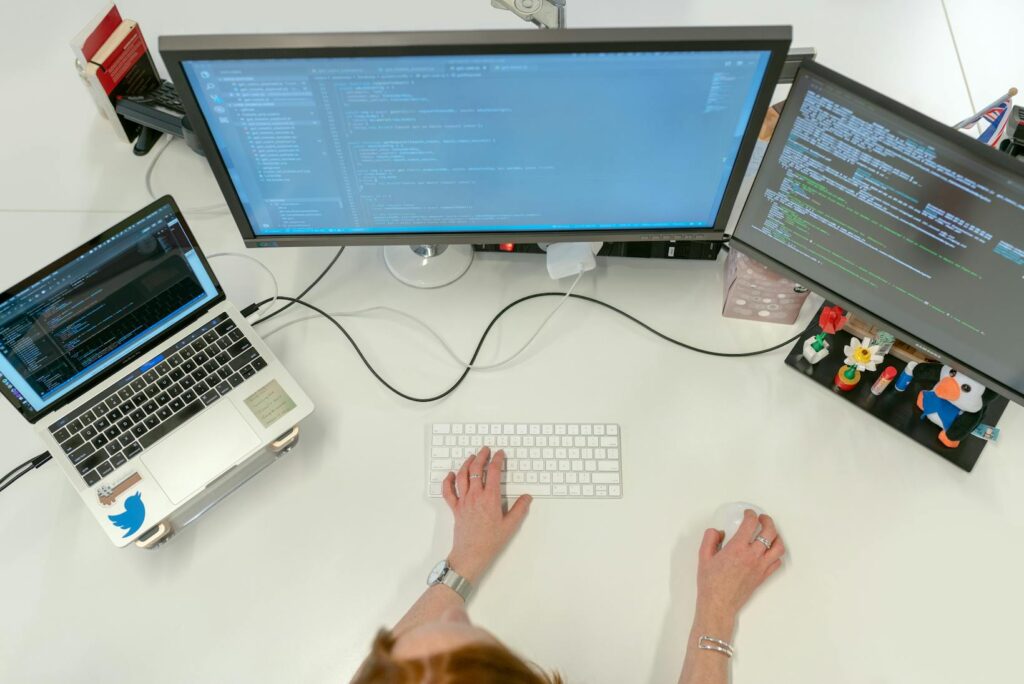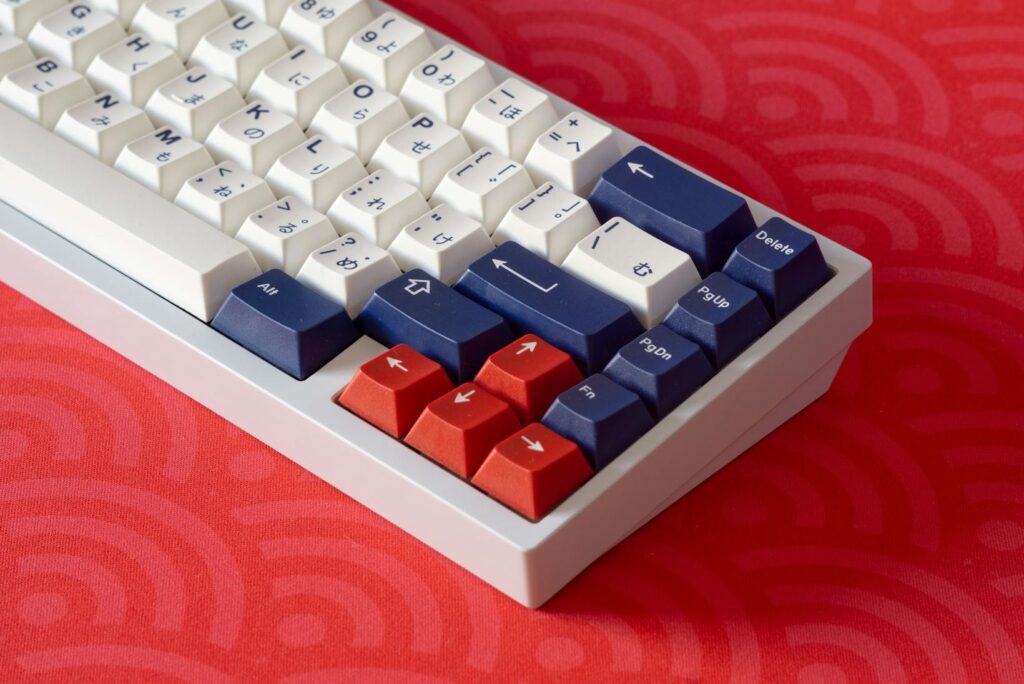In the bustling world of software development, collaboration is key. It’s the secret sauce that transforms a group of coders into a cohesive, high-performing team. But how do you foster this vital element in a field that’s often characterized by remote work and disparate schedules? The answer lies in developer collaboration tools.
These digital platforms are the unsung heroes of the tech world, streamlining communication and coordination in ways that were previously unimaginable. They’re the virtual meeting rooms, the digital whiteboards, the instant messengers of the 21st century coder. Let’s dive into the world of developer collaboration tools and discover how they’re revolutionizing the way software is built.
Developer Collaboration Tools
In modern software development practices, developer collaboration tools hold immense significance. These platforms bolster communication, promote efficiency, and enhance the overall software development process.
Key Features and Capabilities

Developer collaboration tools come equipped with a host of vital features. Real-time communication, for instance, lets team members converse, share code snippets, and solve problems together, irrespective of their geographical location. Task management options streamline project workflow by assigning tasks, setting deadlines, and monitoring progress. In addition, version control systems preserve code changes, preventing discrepancies and confusion. Other notable features include file sharing, screen sharing, and project documentation, which make remote collaboration seamless.
How They Improve Efficiency

The efficiencies of these tools are undoubtedly game-changing. By facilitating real-time communication, they eliminate time zone hassles, aiding teams in swift problem-solving. Task management lets teams prioritize projects and allocate resources effectively. This feature notably reduces task completion time. Moreover, file sharing and screen sharing options enable quick information exchange, negating the necessity for constant face-to-face meetings. Finally, having a version control system is essential. It ensures that all changes get tracked, reducing conflicts, and miscommunication, thus driving efficiency throughout the development process.
Emerging Trends in Collaboration Technology
Changes in collaboration technology continue to impact the way developers work, optimizing their experience and maximizing productivity. This section delves into two key emerging trends shaping the landscape: Artificial Intelligence and automation, and Cloud-Based solutions.
Artificial Intelligence and Automation

Artificial Intelligence (AI) and automation surface as transformative elements in the domain of collaboration technology, enhancing both efficiency and accuracy. AI-powered tools, such as GitHub’s Dependabot, spot vulnerabilities in code, suggesting fixes promptly. Meanwhile, automation supports developers by undertaking repetitive tasks like code refactoring and bug tracking, allowing developers to focus on more complex aspects. This pairing of AI with automation in the panorama of collaboration tools creates a more seamless, streamlined experience for developers.
Example: Streamlining code collaboration, automation bots like Mergify can handle pull requests, reducing manual labor while increasing accuracy.
Cloud-Based Solutions

Cloud-based solutions rank as another technologic trend redefining the boundaries of developer collaboration. Their introduction simplifies access to projects and tools, allowing developers to work remotely without compromising on productivity. Collaborative platforms such as Cloud9 and Codeanywhere enable developers to write, run, and debug code collectively in real-time, regardless of their physical locale. Thus, cloud-based solutions extend opportunities for remote work, ensuring uninterrupted collaboration in the diverse and dispersed software development environment.
Robust Access Control
Developer collaboration tools have proven to be game-changers in the software development landscape. They’re not just enhancing communication and efficiency but also transforming project management. Tools like version control systems, real-time communication platforms, and project/task management software are indispensable. With the advent of AI and automation, tasks like code vulnerability detection are becoming more streamlined. GitHub’s Dependabot is a prime example of this innovation. On the other hand, Cloud-Based solutions like Cloud9 and Codeanywhere are making remote work and real-time collaboration a breeze. It’s clear that these emerging trends are set to optimize the developer experience, boost productivity, and redefine collaborative software development. The future of developer collaboration tools looks promising, with further advancements on the horizon. As these tools evolve, they’ll continue to shape the way developers collaborate, making software development more efficient and productive.



